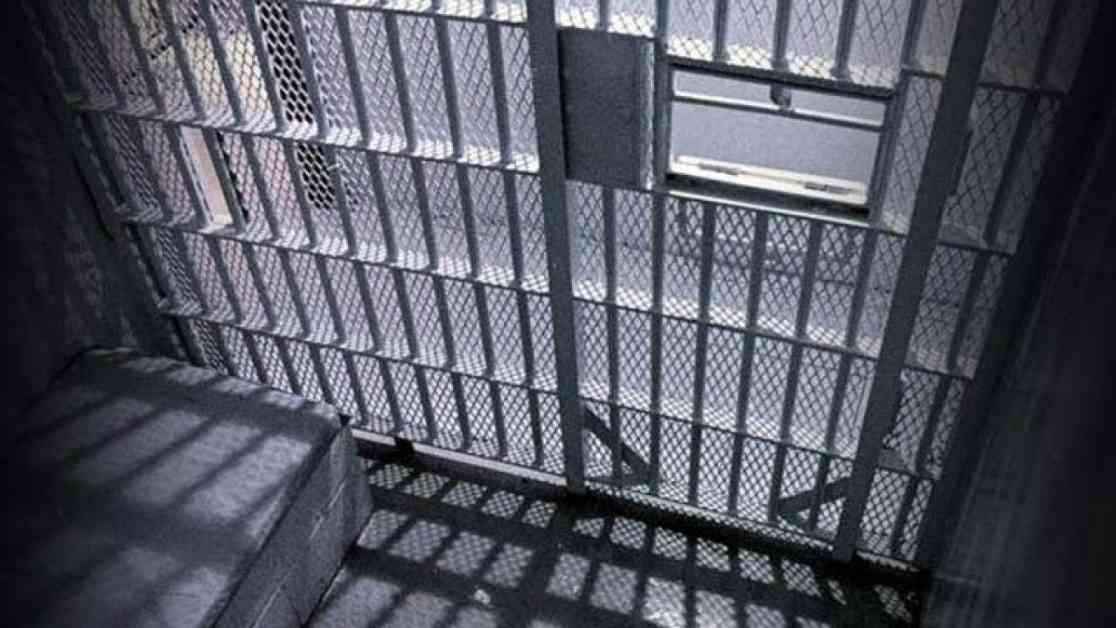The night was dark and full of mischief at the New Orleans city jail on May 16. Inmates in Cell 6 decided it was time to make a run for it. They pried open the door, squeezed through a narrow hole behind a toilet, and found themselves on a walkway leading to a loading dock. It was the beginning of what would become one of the most significant jailbreaks in Louisiana’s history.
The group of escapees included men accused of heinous crimes, from murder to attempted murder. Among them was a man convicted of killing two people during a Mardi Gras celebration. These inmates had been waiting for their fate behind bars, but they saw an opportunity and seized it. The escape exposed serious flaws in the local criminal justice system, particularly in the supervision of high-risk detainees.
The escape spread fear and panic in New Orleans, a city known for its vibrant culture and bustling tourism. Families of the victims were left reeling, forced to go into hiding for their safety. The blame game began, with Governor Jeff Landry and local officials pointing fingers at Sheriff Susan Hutson for failing to implement necessary security measures at the jail. Hutson, elected as a progressive reformer, faced heavy criticism for the lapses that allowed the inmates to break free.
As the investigation unfolded, it became evident that the escapees had planned their breakout meticulously. They left behind messages taunting the authorities as they made their way to freedom. Scaling a barbed-wire fence, dashing across an interstate, and disappearing into the night, the inmates evaded capture for hours. The manhunt was on, with law enforcement agencies at the local, state, and federal levels working tirelessly to track down the fugitives.
The escapees scattered in different directions, but one by one, they were captured. Some were found hiding in the French Quarter, while others were apprehended miles away from the jail. The escapees had received help from accomplices outside the prison walls, further complicating the situation. The search for the remaining fugitives continued, with the community on edge and law enforcement on high alert.
The escape not only exposed the vulnerabilities of the Orleans Justice Center but also raised questions about the delays in criminal cases in New Orleans. The backlog of cases, exacerbated by the pandemic, had left many detainees waiting for their day in court for far too long. The slow pace of justice fueled frustration and anger among victims’ families, who felt let down by the system.
As the fallout from the jailbreak continued, authorities grappled with the aftermath. The escape highlighted the need for reforms in the criminal justice system and raised concerns about the safety and security of detention facilities. The community awaited answers and accountability from those responsible for the lapses that allowed the escape to happen. The hunt for the remaining fugitives intensified, with the hope of bringing them to justice and restoring a sense of security in the city.


